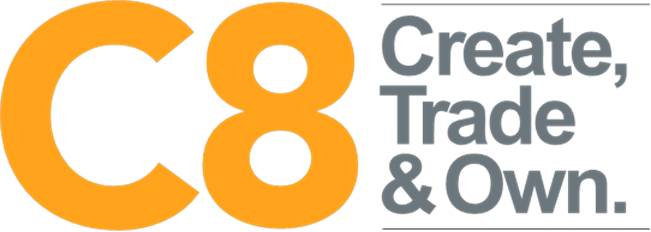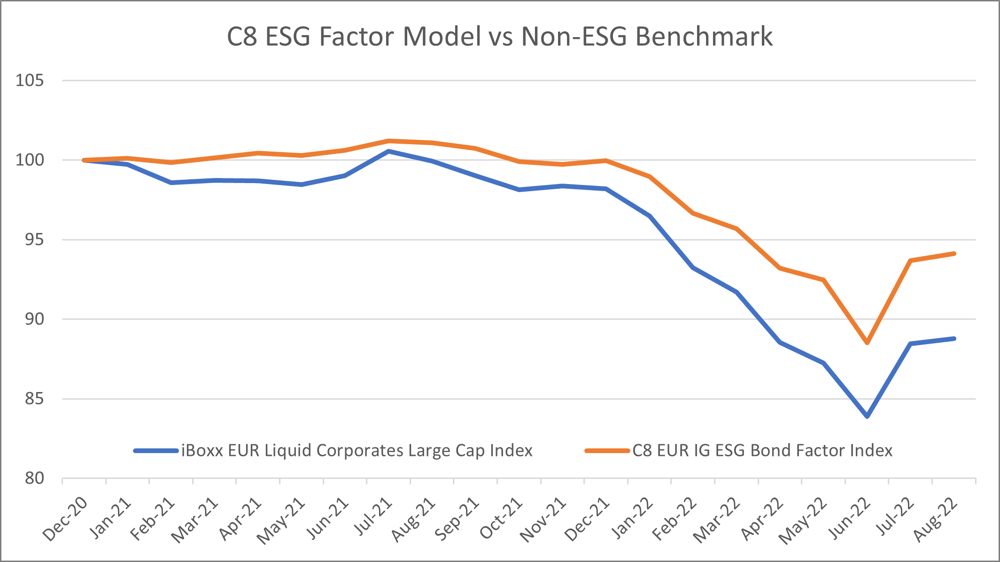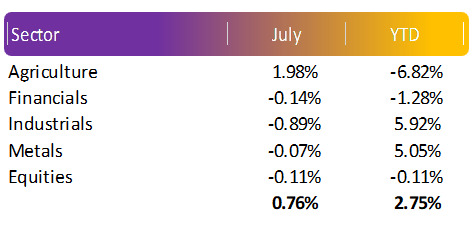Our FX models for USD against EUR, GBP, AUD, NZD and NOK, which were largely USD positive last year, reversed in January. In particular, our reversion models are suggesting some strength in these currencies against USD in the near term. Nevertheless, the continued outperformance of the US economy, alongside sluggish growth in Europe, suggests that any USD reversal will not be sustained.
Read more →



